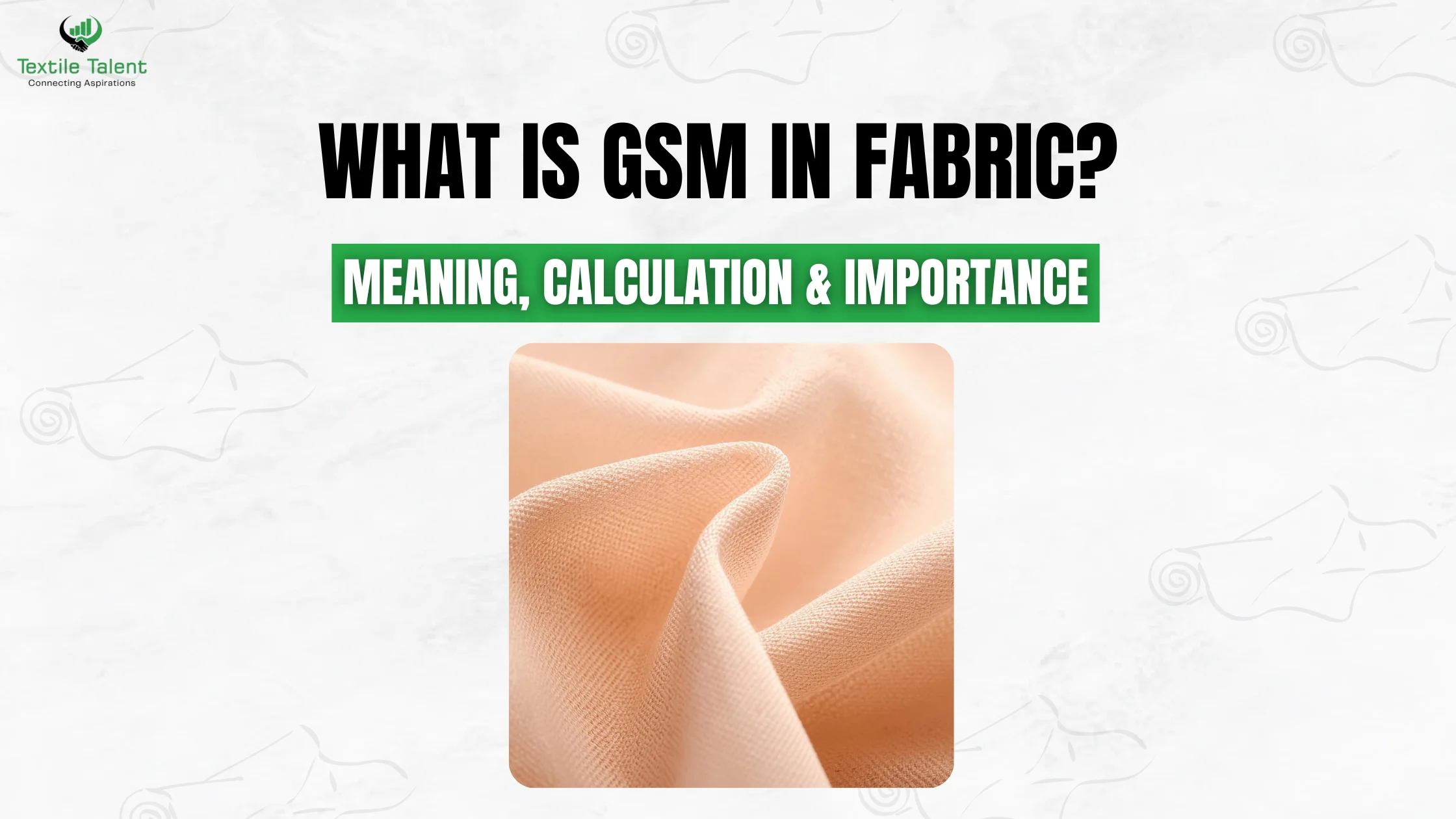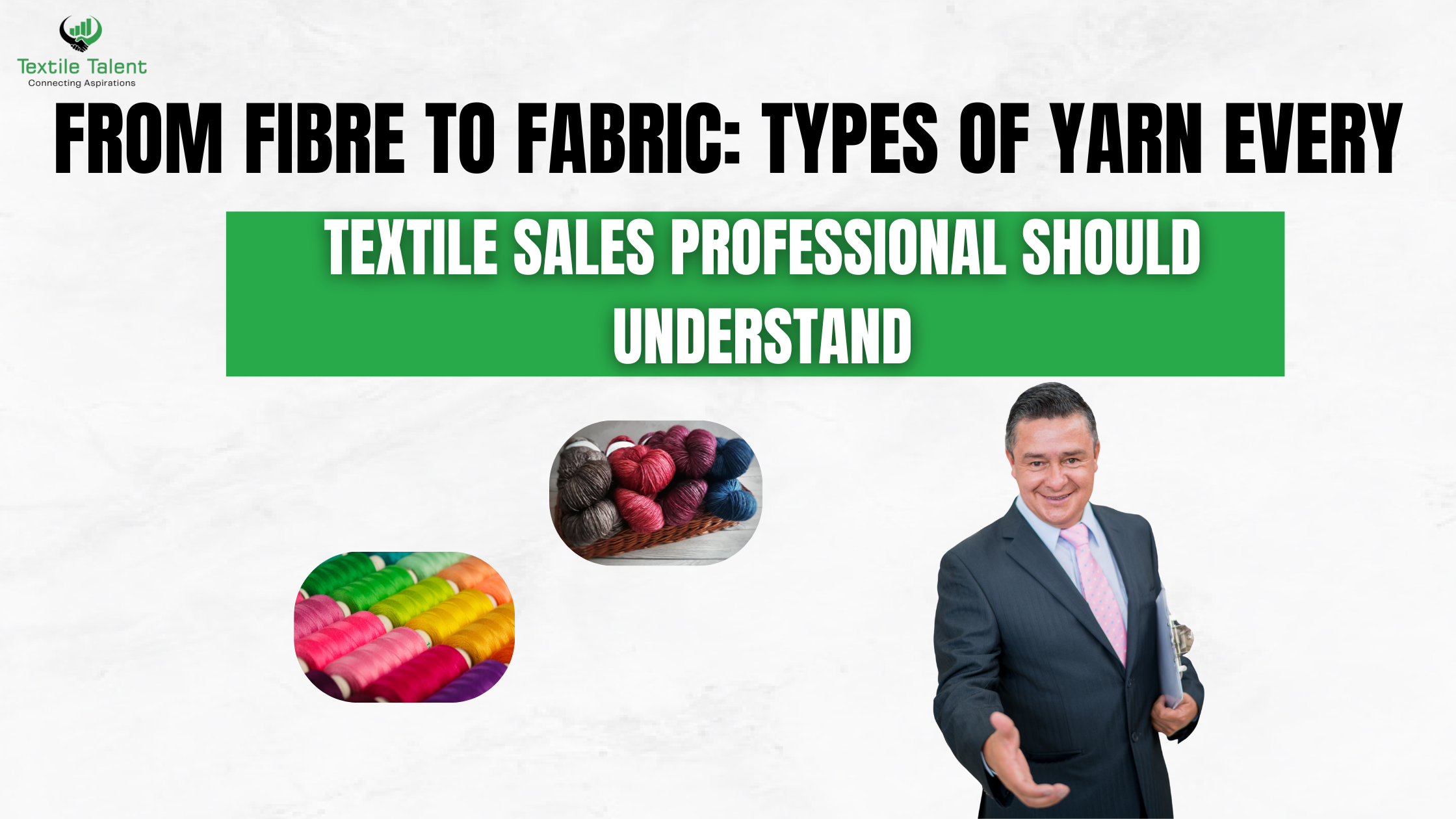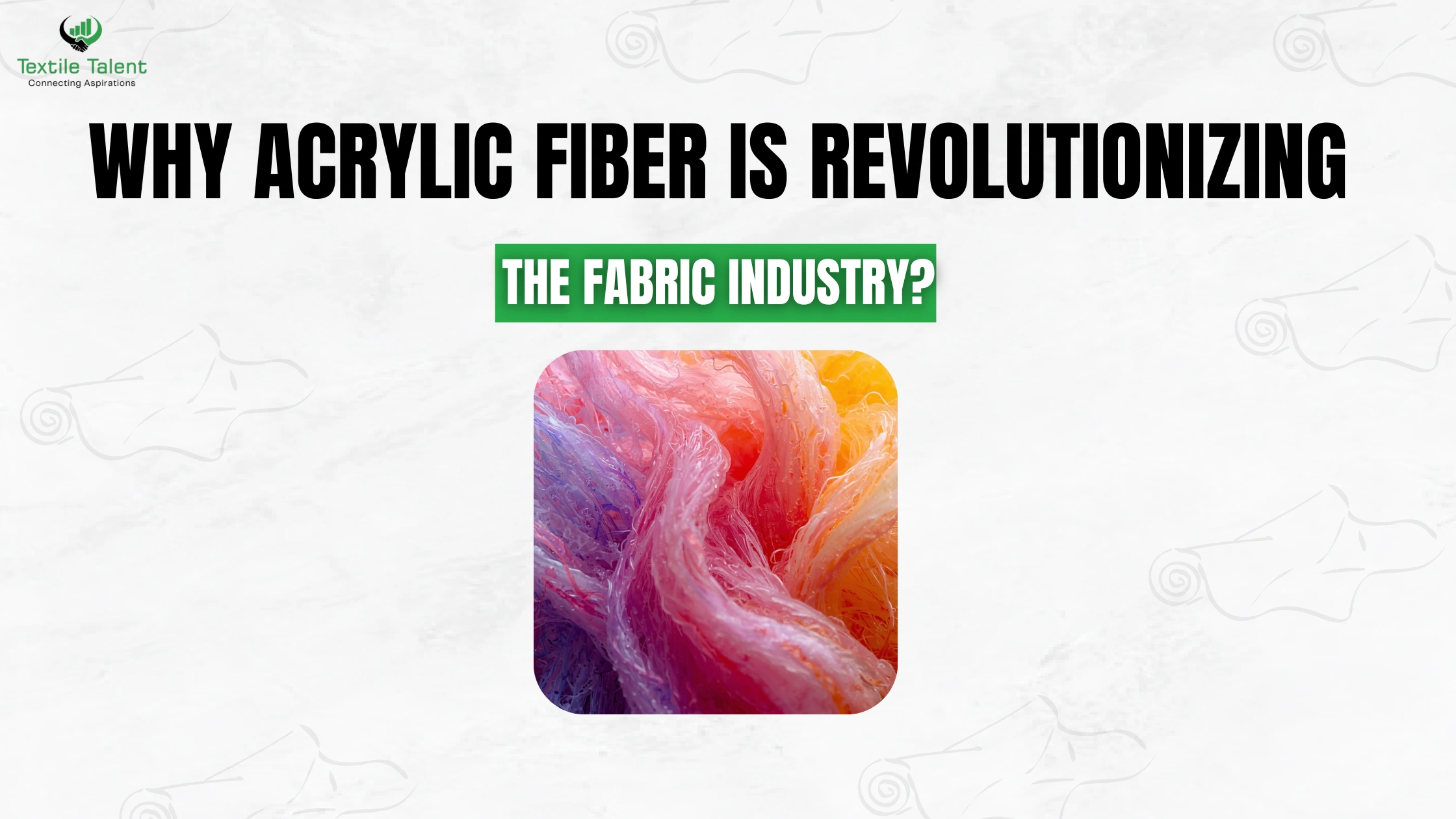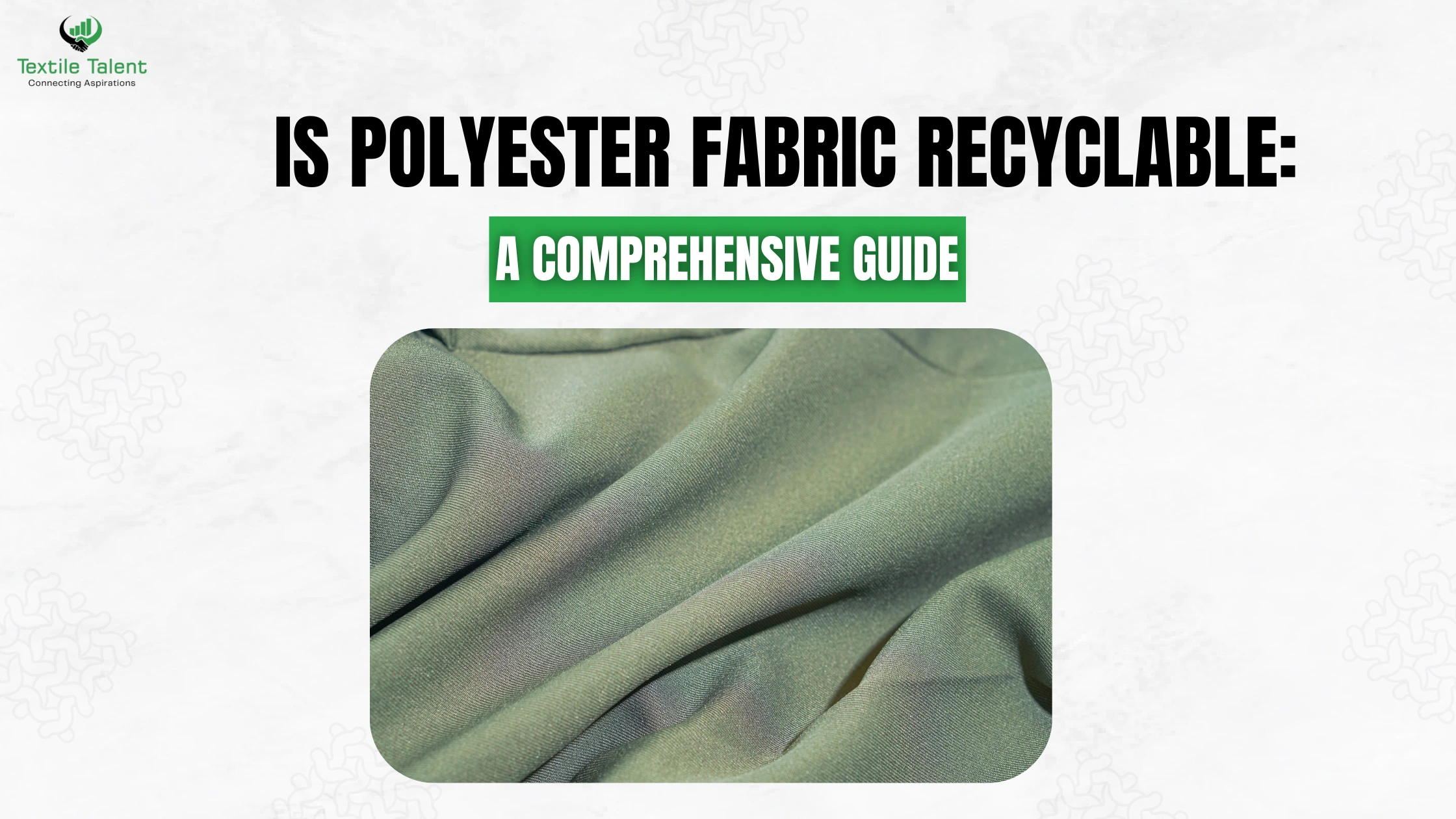
Summary
For maintaining professionalism it is vital for Textile Sales professionals to have a deep understanding of the different types of yarns. The textile sales professional needs to define his target of serving the client well and helping them find the fabric right for them; hence there must be a sound knowledge of every type of fabric. By this article, you will trace back the steps from fibre to fabric and dive deep into various types of yarns and their characteristics and specific usages in the textile industry. Sales professionals who know such things truly lay emphasis on product benefits and customer satisfaction.
Introduction
In the world of textiles where you are looking for textile industry jobs in India, the knowledge from raw fibre to finished fabric is a must as it involves several intricate steps like weaving, twisting, spinning or knitting. Yarn is the fundamental component that defines the fabric texture. And knowing its durability, quality and texture provides the textile sales person with a boost to the sales of the company. This article covers essential yarn types and classifications that every salesperson should master.
1. Basic Yarn Types and Their Construction
So if you are looking to apply as a Textile sales professional in any company or have already applied for, then understanding how yarn is made is the foundation for identifying different types and their applications.
1.1 Spun Yarn
Being a salesperson, knowing spun yarn is essential. It is made by twisting together short fibres such as cotton, wool or synthetic staple fibres.
Natural appeal: Commonly used in natural fabrics, spun yarns are soft and breathable, making them ideal for everyday clothing.
Applications: Why is knowing the natural appeal of Spun Yarn necessary? Because it is used in natural fabrics. These yarn types are soft and breathable, making them ideal for everyday clothing.
1.2 Filament Yarn
As a sales professional, facts about Filament Yarn must be on your mind. According to textile experts, the filament yarn is produced out of continuous filament fibers such as silk or synthetic fibers (polyester, nylon).
Smooth and lustrous: These yarns produce glossy, sleek fabrics used in formal wear and lining.
Durability: Filament yarns are strong and resistant to pilling, making them suitable for high-performance clothing.
2. Yarn by Fibre Origin: Natural vs. Synthetic
Knowing about its source will let you easily make customers understand the yarns properties and environmental impact.
2.1 Natural Fibre Yarns
Do you know where these yarns come from? Well, these yarns come from plant or animal sources, such as cotton, wool, and silk.
Cotton yarn: It is the most breathable and hypoallergenic fiber that is very commonly used to make summer clothes and home textiles.
Wool yarn: It is a warm and elastic fiber that is great for insulating garments that are ideally worn in the winter.
2.2 Synthetic Fibre Yarns
In the textile industry, this type of yarn is quite in demand as it is made from chemical compounds which include polyester, acrylic and nylon yarns.
Polyester Yarn: Resists wrinkling and shrinking; ideal for low-maintenance apparel.
Acrylic Yarn: A more affordable wool alternative, it is often used for blankets and knitwear.
3. Yarn Ply and Twist: Structure Affecting Performance
The number of strands twisted together and the direction of the twist influence the yarn performance and eventually the fabric.
3.1 Single vs. Ply Yarns
Single yarn: It is either one strand or very loosely twisted; used mostly in lightweight or delicate fabrics, where strength is not of particular concern.
Ply yarn: Two or more strands of yarn twisted together to enhance strength and durability-favored for outerwear and upholstery.
3.2 Twist Direction: S-twist and Z-twist
S-twist: Twisted counterclockwise, commonly used in knitting yarns.
Z-twist: Twisted clockwise, preferred for weaving due to better stability in the weaving process.
4. Specialty Yarns and Their Unique Features
Some customers demand products made of specialty yarns. So, being a textile sales professional, you must know that it offers texture, elasticity, or decorative elements that enhance fabric design.
4.1 Textured Yarns
Created from synthetic fibres, these yarns undergo a texturizing process for added bulk and stretch.
Crimped yarns: Mimic natural fibres for a softer hand feel.
Air-jet textured yarns: Deliver breathability and a cotton-like finish in synthetic materials.
4.2 Novelty Yarns
Used for decorative effects in fashion and home textiles.
Bouclé yarn: Features loops for a bumpy, textured surface.
Slub yarn: Thick and thin sections give a handcrafted, rustic appearance.
5. Functional Yarns for Performance and Innovation
Some textile companies engineer their yarns for specific uses, which can significantly enhance fabric utility and market appeal.
5.1 Elastic Yarns
Blended with spandex or elastane to offer stretch and recovery.
Activewear: Essential in sports and fitness fabrics for freedom of movement.
Compression garments: Provide support and circulation benefits.
5.2 Conductive and Smart Yarns
Integrated with metal or conductive polymers to transmit electricity or data.
Wearable tech: Enables smart textiles that monitor health or connect with devices.
Antistatic fabrics: Used in electronics manufacturing or cleanroom environments.
Conclusion!
Applying for or working as a textile sales professional, understanding yarn is not just about knowing fabric composition, it is about translating that knowledge into tangible benefits for customers.From telling someone about the breathability of cotton yarn to discussing the aesthetics of novelty yarns, knowledge of yarns is sure to gain customer confidence and tip the scales in purchasing. Now that you have decided to take the plunge and begin your journey as a textile salesperson, do not wait-a rewarding future in textiles awaits you!






